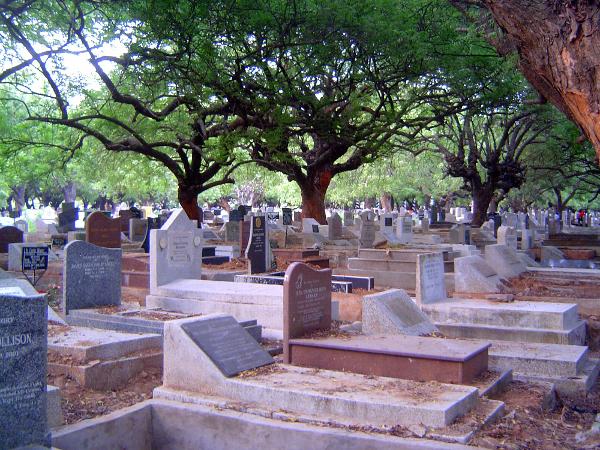Beneath the vibrant pulse of Ghana’s bustling capital lies a silent crisis that lurks in the shadows of the city’s graveyards. “Living Among the Dead” reveals the heart-wrenching tale of men, women, and children who have been compelled to call Awudome and Osu Cemeteries their home.
Ensnared by poverty and a dearth of affordable shelter, these marginalized individuals dwell amongst tombstones, a stark manifestation of societal abandonment.
Although some cemetery workers, such as Mr. Dagaati, refute claims of people residing amidst the graves, undeniable evidence paints a different reality. For many, these cemeteries serve not as places of respectful remembrance but as desperate havens.
Consider the experience of Michael Sekyi, a 37-year-old amputee whose life took a tragic turn five years ago following a horrific accident. Once a skilled artisan in welding and goldsmithing, the loss of his leg deprived him of both livelihood and self-respect. Without the means to secure lodging, Michael has called Awudome Cemetery his abode for the past three years.
“I find myself here due to the challenges in obtaining accommodation,” he murmurs with palpable despair.
Surviving in the cemetery entails daily battles against starvation, illness, and peril. Residents like Michael confront incessant intimidation and eviction warnings from security personnel, occasionally leading to altercations with law enforcement. In addition to human threats, the environment within abounds with hazards – snakes, mosquitoes, and exposure to the elements.
During severe downpours inundating the cemetery, Michael resorts to scraps of rubber for cover or makeshift refuge beneath overpasses near Circle.
“I do not wish to stay here,” he asserts, underscoring the absence of alternatives yet remaining hopeful.
Amidst the sepulchers, acts of resilience and communal support surface. Michael and his peers often share leftover meals left upon gravestones.
“The departed do not require sustenance,” he remarks matter-of-factly, encapsulating the stark practicality of their existence. Occasionally, churches and charitable organizations extend aid in the form of sustenance and attire, momentarily alleviating their plight.
Nonetheless, underneath these grim realities lies a deeper truth, one that many prefer to avert. The predicament of those inhabiting cemeteries is not merely about individual misfortune; it mirrors systemic inequity and a housing crisis that leaves the vulnerable devoid of choices.
Michael longs for an opportunity to rebuild. “I lack the funds to launch a business,” he laments, holding onto the dream of utilizing his artisanal proficiencies to reclaim self-sufficiency. His narrative, along with countless others, transforms cemeteries into chilling symbols of a city’s neglect in safeguarding its populace.
Residents like Yvonne, another denizen of the cemetery, bluntly state, “The African does not embrace the truth.”
Indeed, “Living Among the Dead” compels society to face this truth – a truth where survival involves slumbering alongside the departed, and where silence signifies complicity.
It serves as a poignant appeal for empathetic policies, immediate investments in affordable lodging, and opportunities that reinstill dignity within the most marginalized.
Until then, the cemeteries of Accra will persist as more than mere burial grounds for the deceased. They will endure as living tributes to the trials of the forsaken.
By Sherifa Moro







